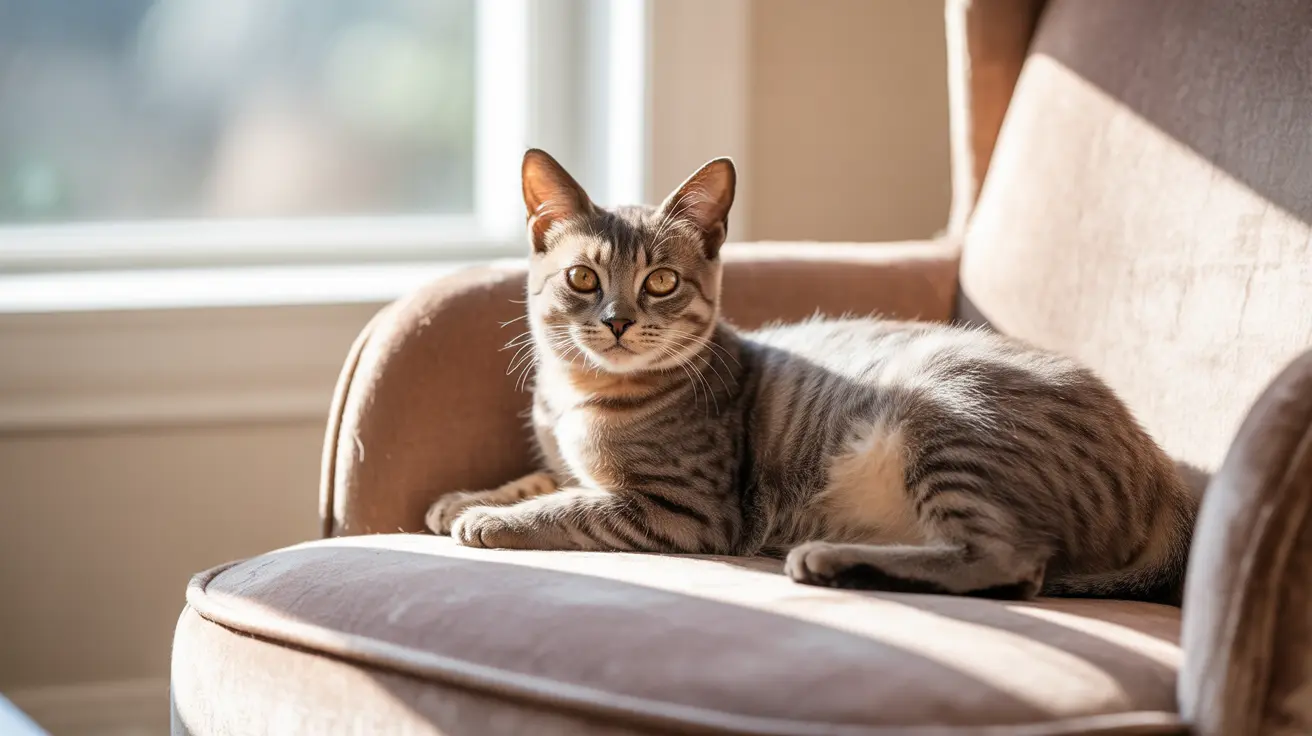The Biology Behind Bobcat and Domestic Cat Breeding
Many cat enthusiasts have long wondered about the possibility of bobcats breeding with domestic cats, especially when encountering large, wild-looking felines. However, scientific evidence provides a clear answer: bobcats (Lynx rufus) and domestic cats (Felis catus) cannot produce hybrid offspring.
The primary reason lies in their genetic makeup. These two species belong to different genera—Lynx for bobcats and Felis for domestic cats—creating an insurmountable biological barrier to successful reproduction. This genetic distance represents millions of years of evolutionary separation.
Genetic Evidence and Scientific Research
Multiple scientific studies have consistently demonstrated the impossibility of bobcat-domestic cat hybridization. DNA testing has never revealed bobcat genetic material in any purported hybrid cats, despite numerous claims and urban legends.
A groundbreaking 2019 study using endogenous feline leukemia virus (enFeLV) as a genetic marker conclusively proved that even contested cases of supposed hybrids were purely one species or the other—never a mix of both.
Common Misconceptions About Bobcat Hybrids
The persistence of bobcat hybrid myths often stems from the existence of domestic cat breeds intentionally developed to resemble wild cats. Two notable examples are the Pixie-bob and American Bobtail breeds, which share physical characteristics with bobcats but are 100% domestic in their genetic makeup.
Physical Traits That Fuel Hybrid Myths
- Large body size (12-16 pounds)
- Spotted or striped coat patterns
- Short "bobbed" tails
- Muscular builds
- Tufted ears
Domestic Breeds That Look Like Bobcats
The Pixie-bob breed, despite its wild appearance, has been proven through genetic testing to be entirely domestic. These cats were selectively bred to mimic bobcat features while maintaining friendly, domestic temperaments.
Similarly, the American Bobtail developed from natural mutations in domestic cat populations, not from wild cat ancestry. Their distinctive appearance results from careful breeding programs focusing on specific physical traits.
Scientific Testing and Verification
Professional DNA testing remains the only reliable method to determine a cat's ancestry. Modern genetic analysis can quickly identify the presence of wild cat DNA, and no legitimate cases of bobcat-domestic cat hybrids have ever been confirmed through these tests.
Frequently Asked Questions
Can domestic cats and bobcats really breed to produce hybrid kittens?
No, domestic cats and bobcats cannot produce hybrid offspring due to genetic incompatibility. They belong to different genera (Felis and Lynx), making successful breeding biologically impossible.
What genetic differences prevent bobcats and domestic cats from interbreeding?
The primary barrier is their classification in different genera, representing millions of years of evolutionary separation. This genetic distance makes their reproductive systems incompatible.
How can I tell if my cat is part bobcat or just a bobcat-looking breed like a Pixie-bob?
If your cat resembles a bobcat, it's most likely a domestic breed bred for wild-looking features. DNA testing can confirm your cat's ancestry, but no confirmed bobcat hybrids exist.
Is DNA testing the only reliable way to prove if a cat has bobcat ancestry?
Yes, DNA testing is the only definitive method to determine a cat's genetic background. Visual appearances can be misleading, as some domestic breeds were specifically developed to look like wild cats.
Why do some domestic cat breeds resemble bobcats even though they aren't hybrids?
Selective breeding has created domestic cat breeds that mimic bobcat features. Breeders chose cats with specific physical traits (like bobbed tails and spotted coats) to develop breeds that look wild while remaining completely domestic.
Conclusion
While the idea of bobcat-domestic cat hybrids may capture the imagination, scientific evidence clearly shows that such crosses are impossible. The desire for exotic-looking pets has led to the development of domestic breeds that satisfy this aesthetic preference while maintaining the temperament and care requirements of household cats.






